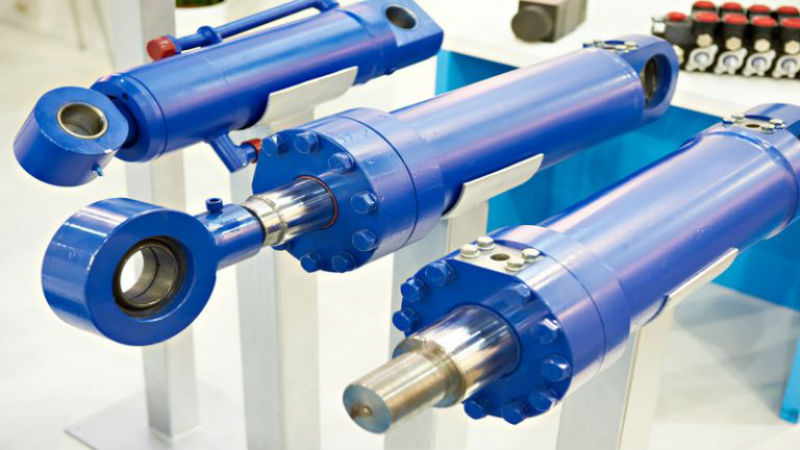Quick disconnect couplings play a major role in industry. They enhance the capability of hydraulic and other lines that keep machines running, production lines loving, and more. When these couplings require replacement, it’s important to understand the various types so you can procure the right one.
Ball Lock Couplings
This is the most common type of coupling in use today. Each one is characterized by several balls positioned within holes around the body of the socket. The balls are shaped so they stay in place when disconnected. The socket opens and closes by the operator pushing a sleeve back and forth.
Roller Lock Couplings
Rollers placed around the ID of the socket grip onto roller-lock couplings. Rollers slip into a special retention cavity as the plug inserts to complete the lock. When the locking sleeve retracts, a ramp on the plug shifts the rollers outward and releases the plug.
Pin-Lock Couplings
In pin-lock designs, pins hold the plug inside the socket. This allows one-hand push-connect operation. Retracting the sleeve is not required to make a connection, although it is necessary to disconnect the plug.
Flat-Faced Couplings
This type of quick disconnect coupling is effective when little or no fluid can escape upon disconnection. The connection area is simple to clean and is preferable when re-connection contamination is a concern.
Ring-Lock Couplings
These offer a simple push connection. Disconnection only requires a twist of the outer sleeve and a pull on the connected halves.
